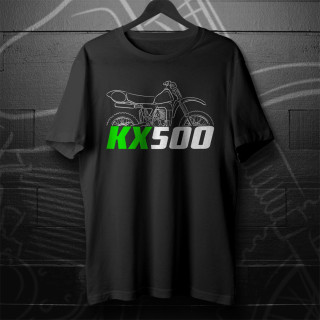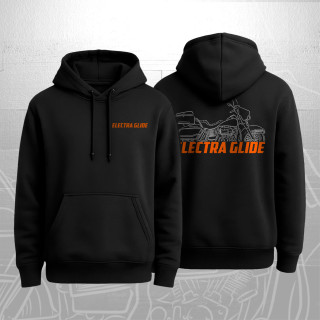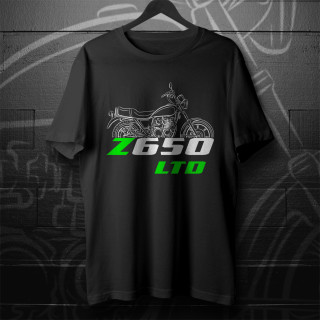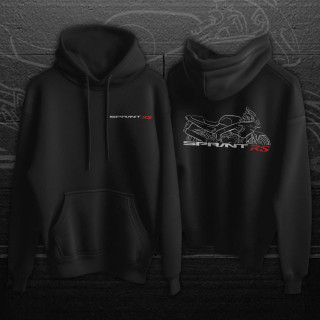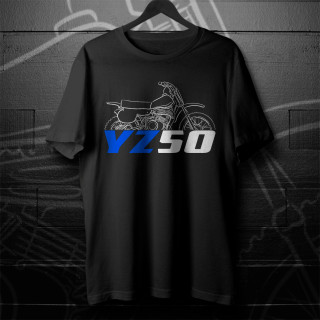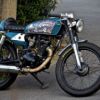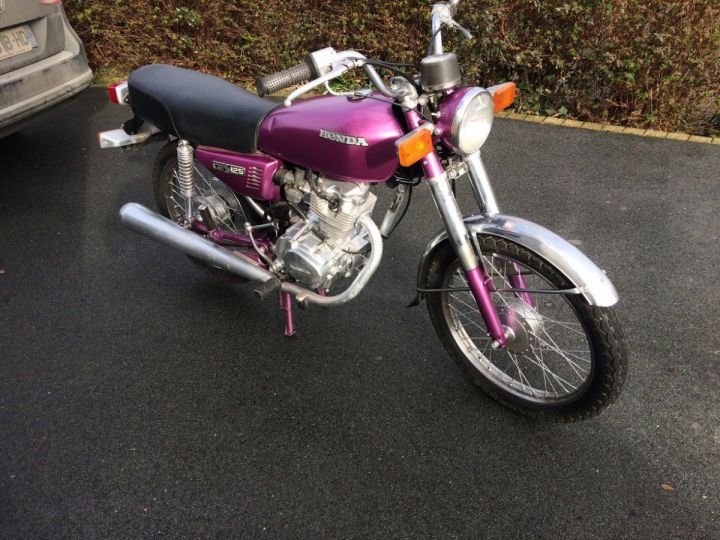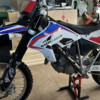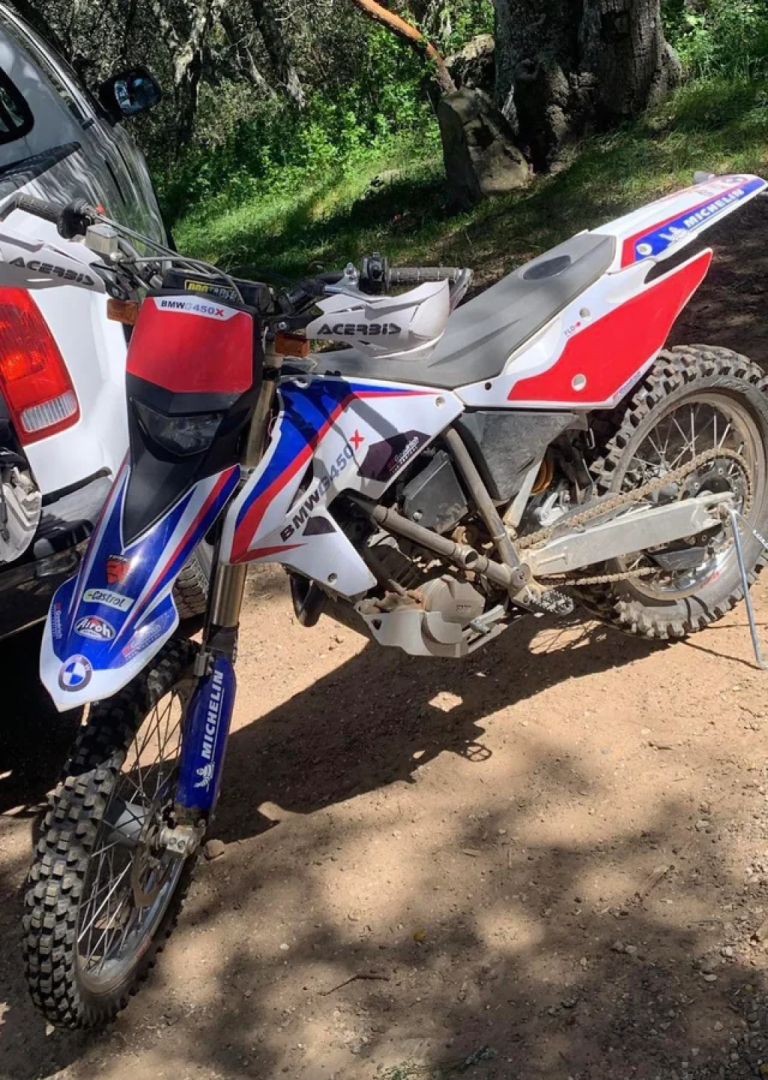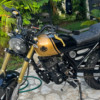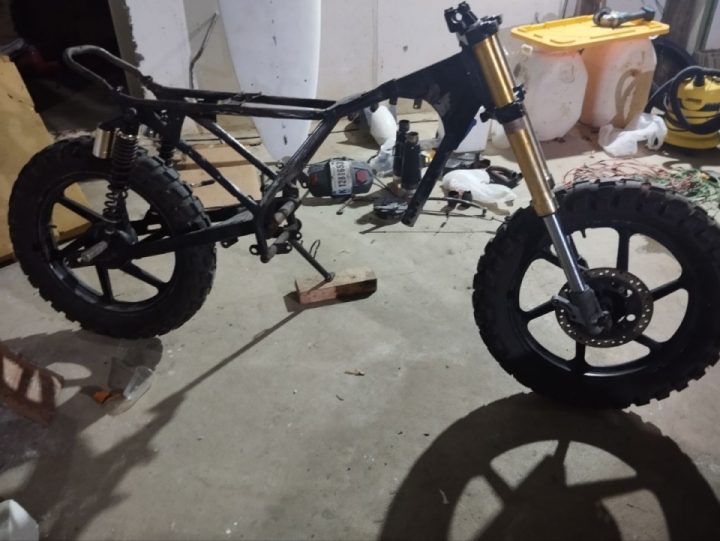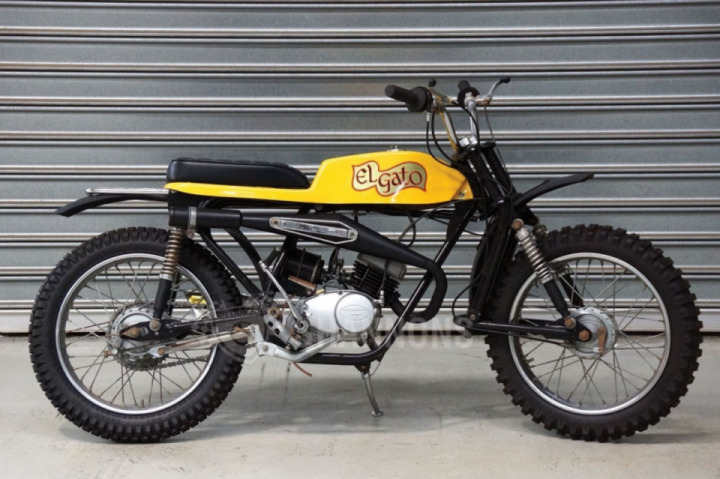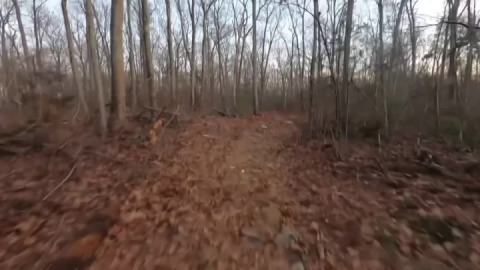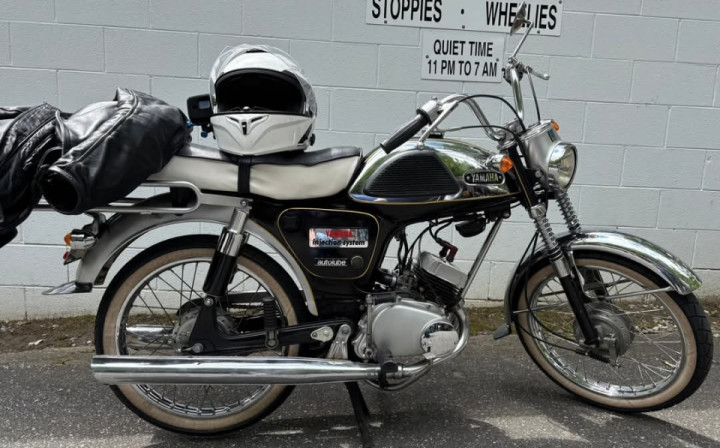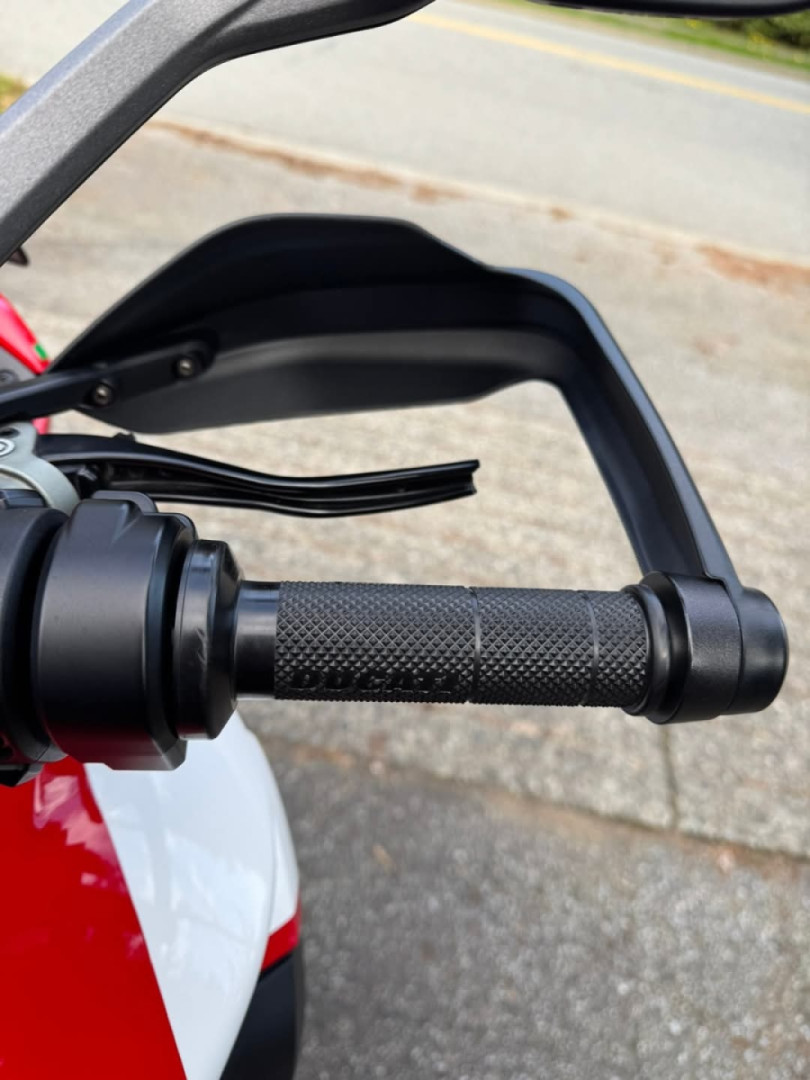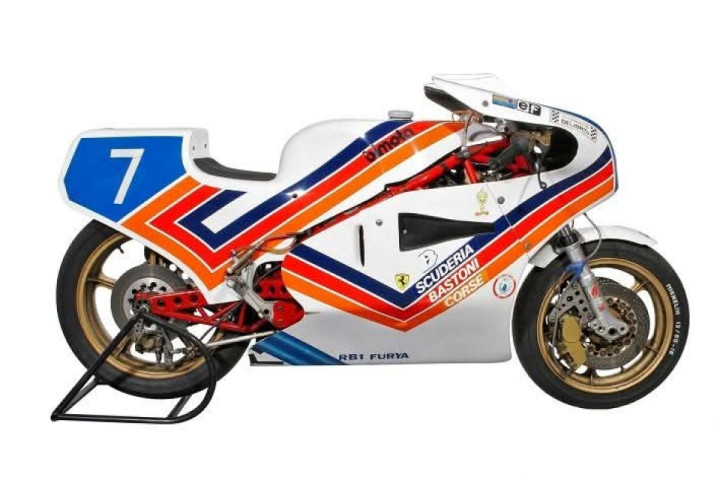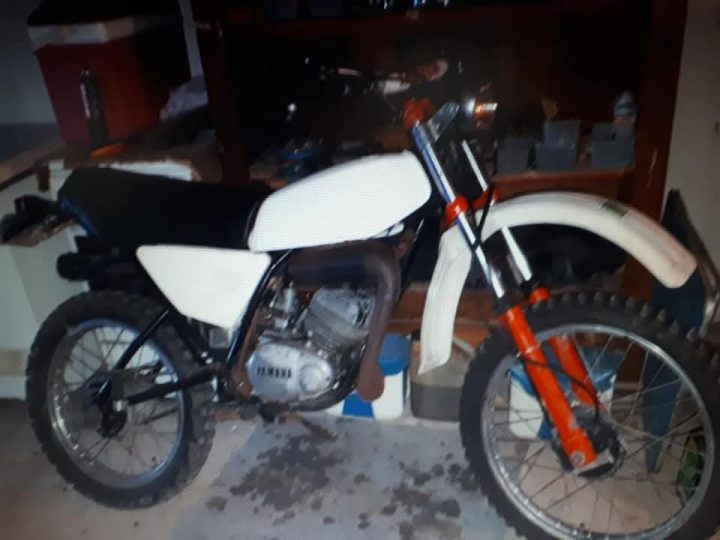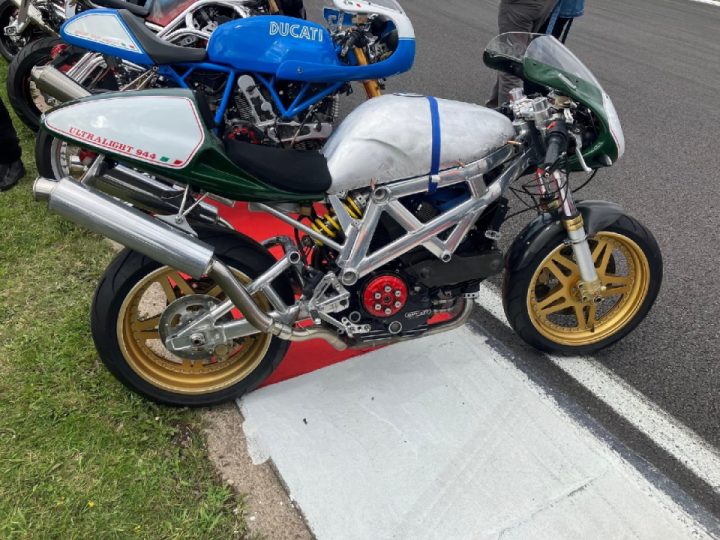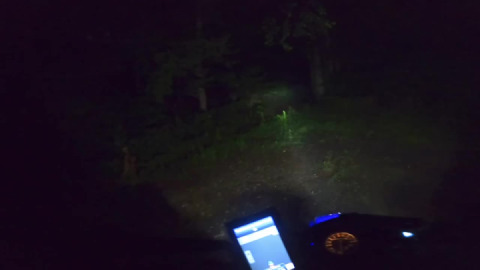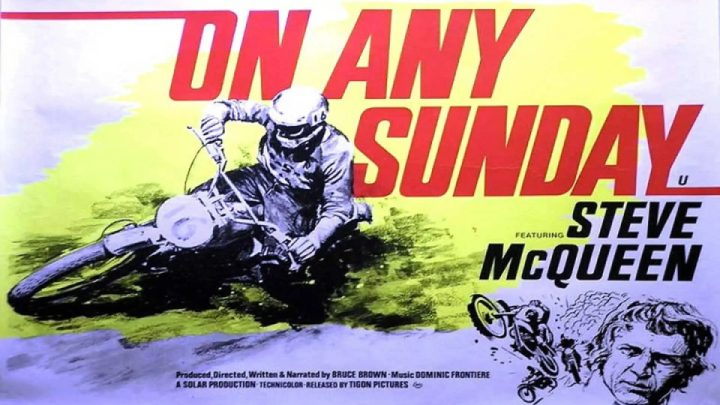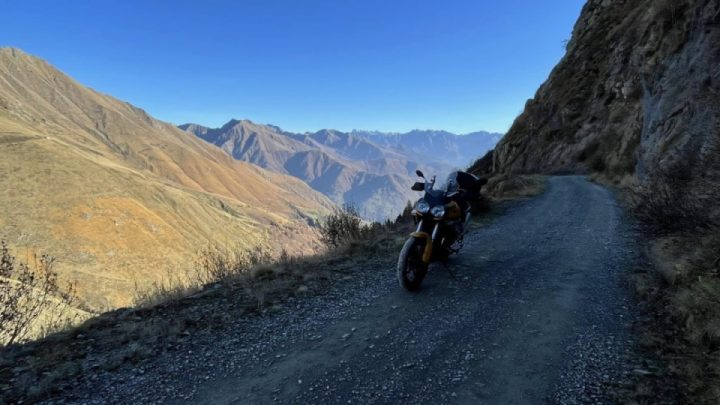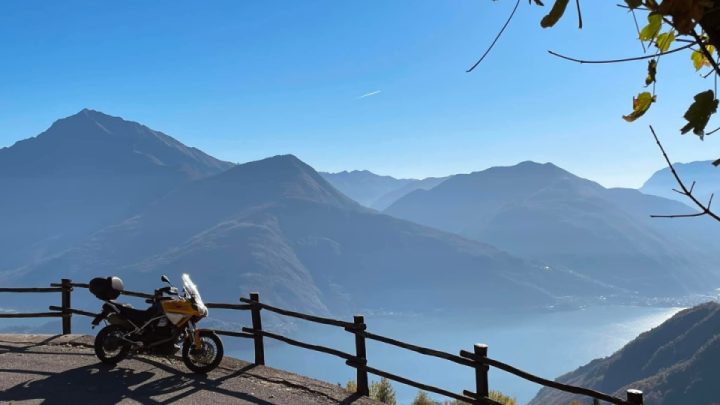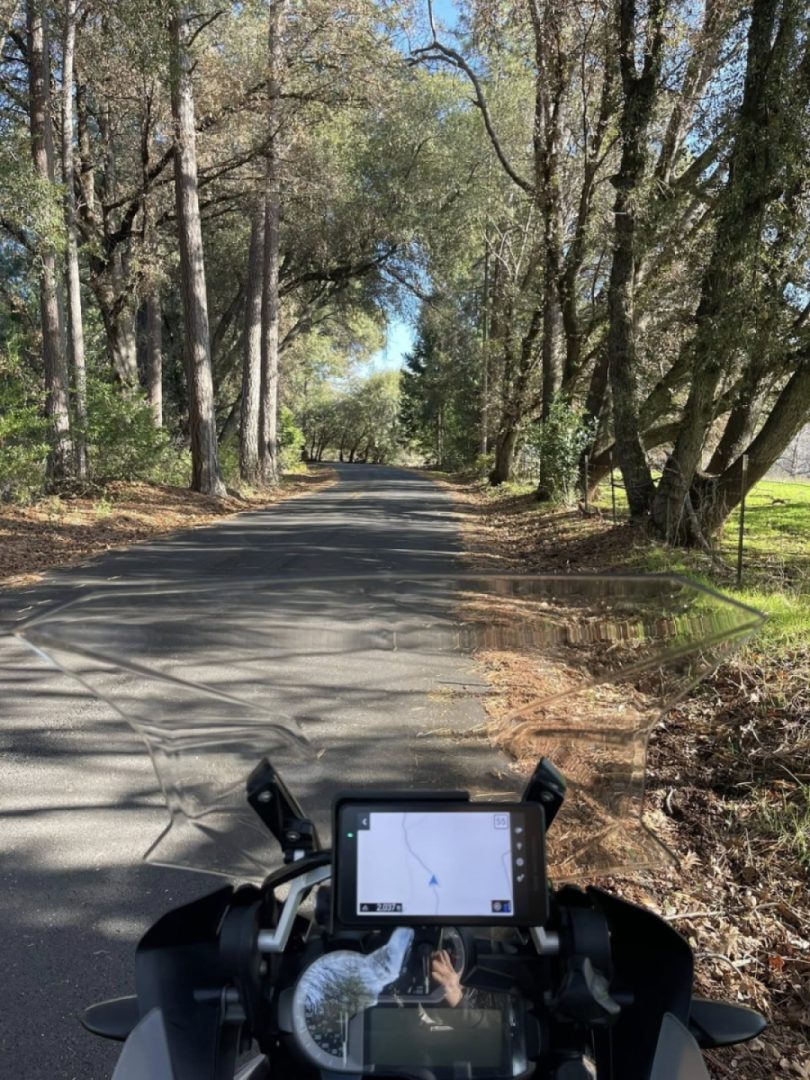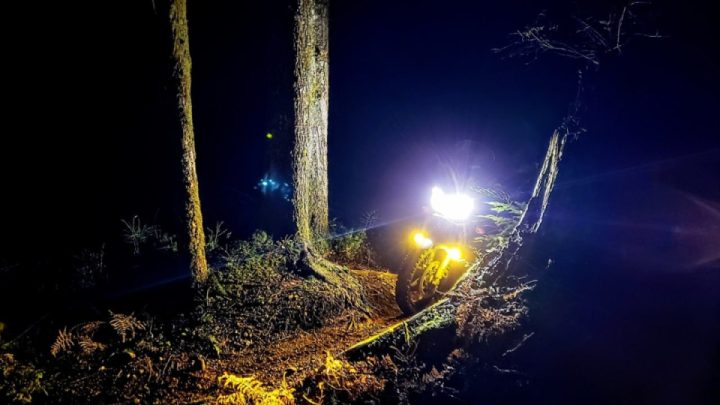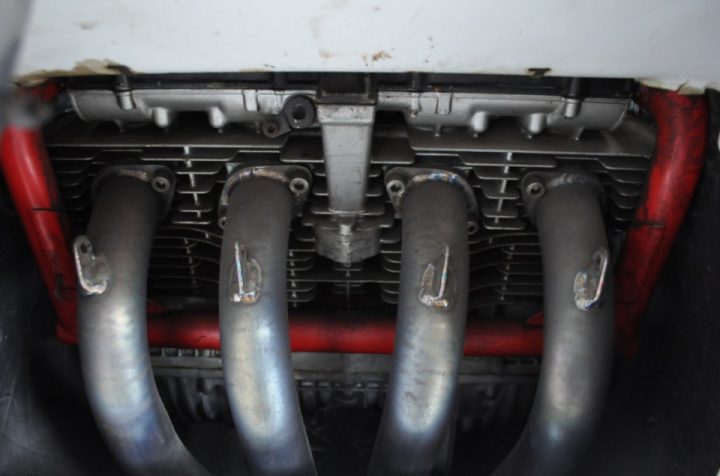In January 1978 Jan Witteveen took over the technical direction of the Gilera Racing Department. Professionally trained in Germany at Fichtel & Sachs, where he was head of the Hercules-DKW racing department in the early 1970s, the young Dutch engineer then moved to Italy in 1976 to work at Simonini for two years before taking on the technical direction of the Gilera motocross racing department, where he remained from 1978 to 1983 before moving to Cagiva.
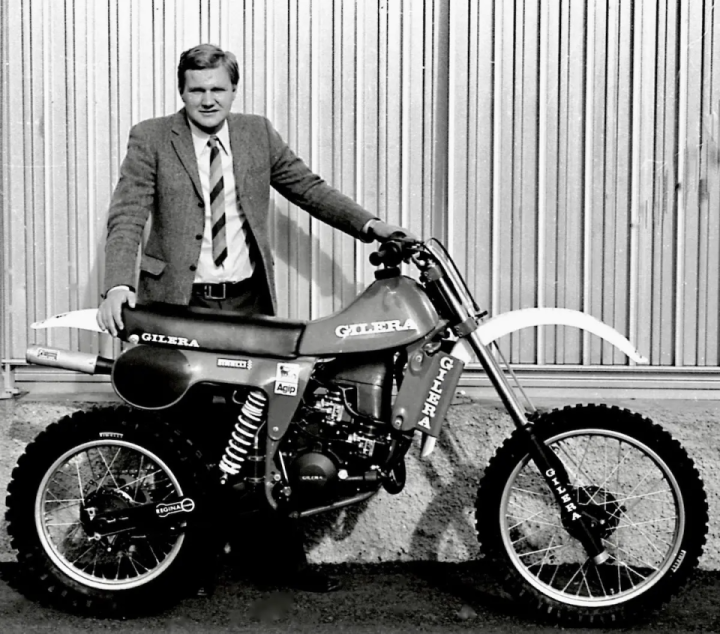
In 1989 he landed in Aprilia, where he reorganized the Noale racing department, leading it for 16 years and contributing to all the company’s victories in the World Speed and Superbike Championships. After working for Adler and the kart builder Maxter, Jan Witteveen retired.
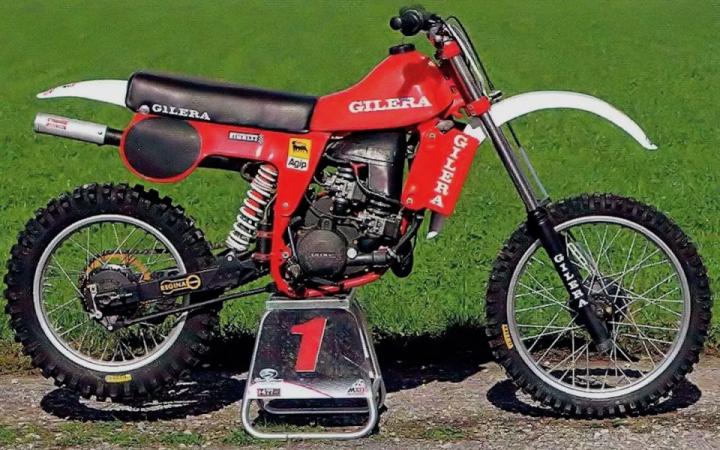
Why are we focusing so much on one engineer? Because Jan Witteveen was a genius. He was born in May, 1947, in Stavoren, Holland. He got a degree in mechanical engineering, before heading out on his journey through the European motorcycle industry. Jan Witteveen had lots of successes in his a career, but for motocross racers the highlight was the 1980 Gilera B 125 twin project that kept him busy for two-years in 1979-1980.
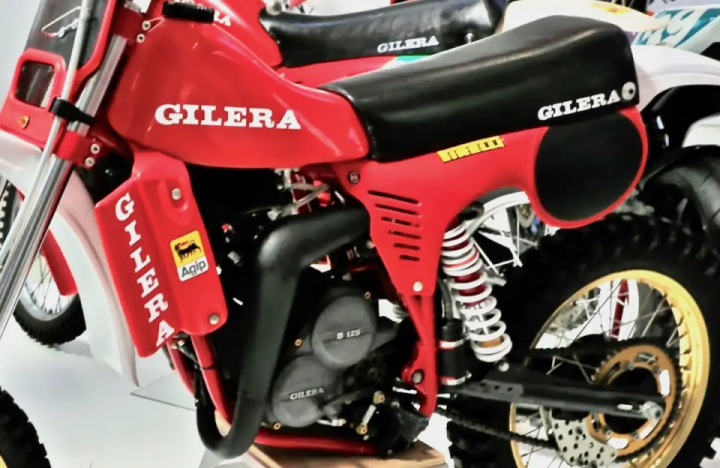
The Gilera B 125 Bicilindrica made its debut in March 1980. The chassis and superstructures are identical to those of Gilera’s new new water-cooled single-cylinder 125, which in turn takes advantage of those of the previous air-cooled 125 that ran in 1979. The double cradle frame used chromoly (25CrMo4) steel tubes with thicknesses that varied 1.2mm to 2mm. The tubing came from the Falck steelworks, owned by Arcore , and used “border” type steel, quenched and tempered to enhance its hardness and strength characteristics. The WP shock absorbers are shorter and lighter than those on the previous Gilera single-cylinder, while the 38mm forks used magnesium sliders and were by made in England at CCM.
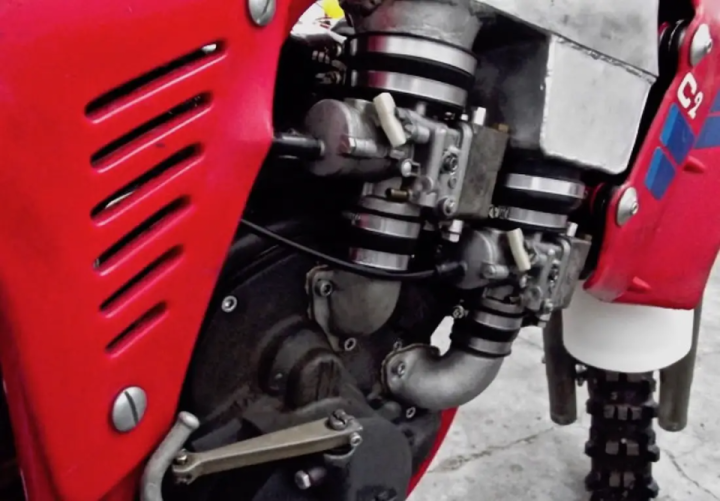
The engine was designed by Witteveen with two cylinders parallel to each other, but inclined forward at 50-degrees from the vertical axis. The cylinder located lowest on the cases had a front exhaust port, while the upper one had a rear exhaust port. The heads had a partial finning with a hemispherical combustion chamber and squish crown.
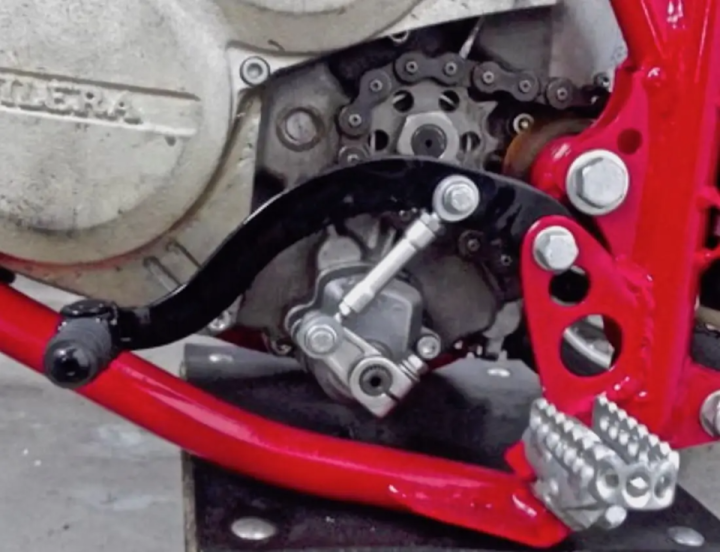
The rotary engine’s two rotating steel discs had a 105mm diameter and a thickness of 1mm. The engine’s water pump had a magnesium body, plastic impeller and ergal shaft. It was located on the right side of the engine and is driven by a gear that was powered by a worm screw. The manifolds of the silencers were fixed by means of four springs. The two aluminum silencers were built by Motomeccanica Rino di Vigasio (VR) and had different lengths, plus the pipes had different diameter expansion cones. The engine had two Motoplat ignitions.
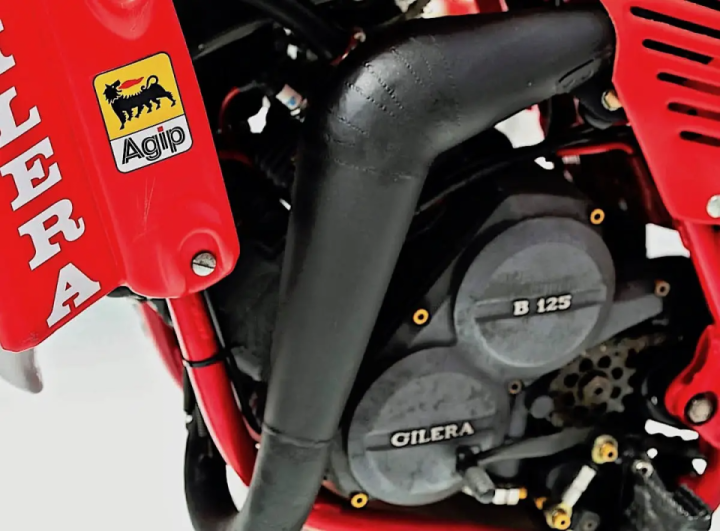
When it was first seen at the races it caused a stir. It was a 125cc, two-stroke, two-cylinder, two carb, rotary valve engine that literally shrieked with a metallic whistle as it went down the track. It was world shattering, but it was fragile. The Gilera mechanics suffered crankshaft and frame failures along with other teething issues. Italian GP racer Franco Perfini raced for the Gilera team for a two-year period (1979-1980) and in 1980 he was the only rider to race the B 125 twin-cylinder bike.
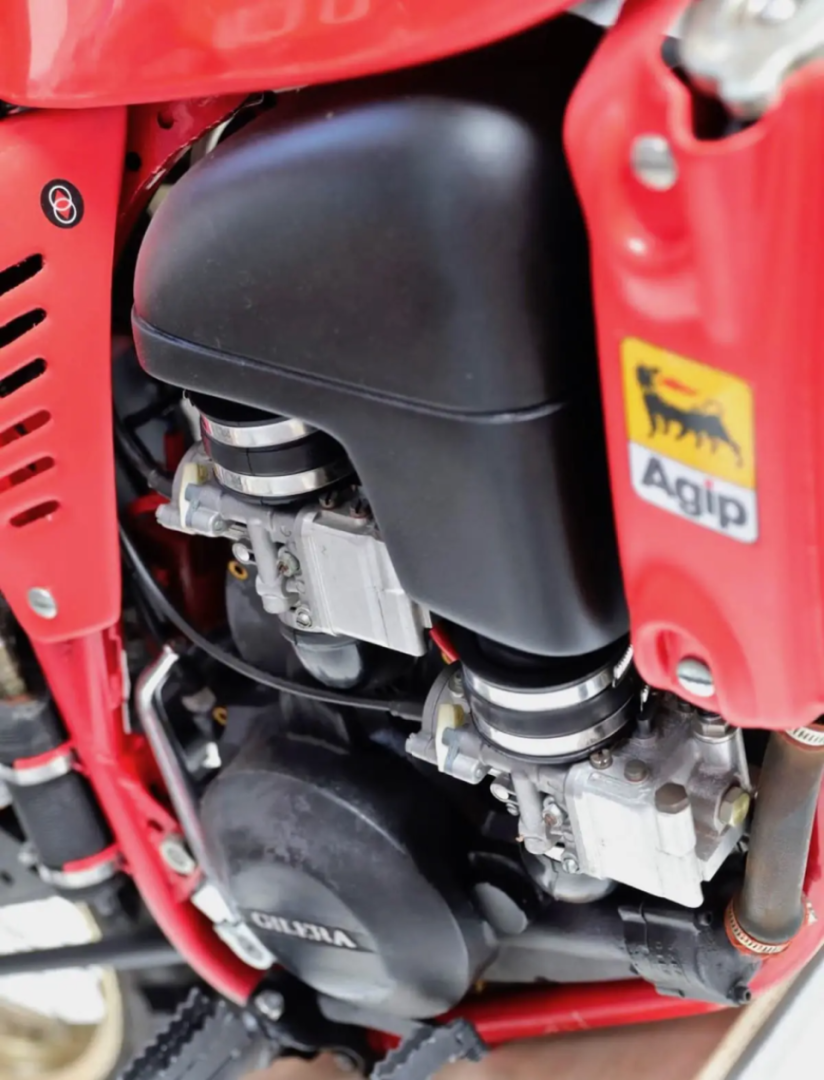
Perfini could not race the twin in 1981 because the FIM banned two-cylinder bikes, forcing Gilera to set the project aside at the point where its mechanical issues were being resolved. There were rumors of a completely new 1981 bicilindrica engine equipped with only one crankshaft and a “Big Bang” firing order, better known as a twingle—where both piston go up and down in unison.
Franco Perfini moved to Cagiva for the 1981 season, where he repeated as the Italian 125 National Champion for the third and last time. As for his time on the Gilera 125B bicilindrica, he said. “The debut of the 125 twin-cylinder in the 1980 World Cup was a kind of leap in the dark, because until then we hadn’t really tested it. We only tested it at Polcanto in March, but in the race I used the single cylinder. At the B 125 debut in Norg, Holland, it was an ordeal to race it in the sandy soil that was full of holes and furrows. The B 125 bike had very & little torque and the engine had no downward pull. Compared to the single cylinder, it weighed four extra kilos and they all felt like they were loaded on the front wheel. So instead of ‘floating’ on the sand by raising the front wheel and giving more traction to the rear, I sank into the pits. I couldn’t even skip the dips.
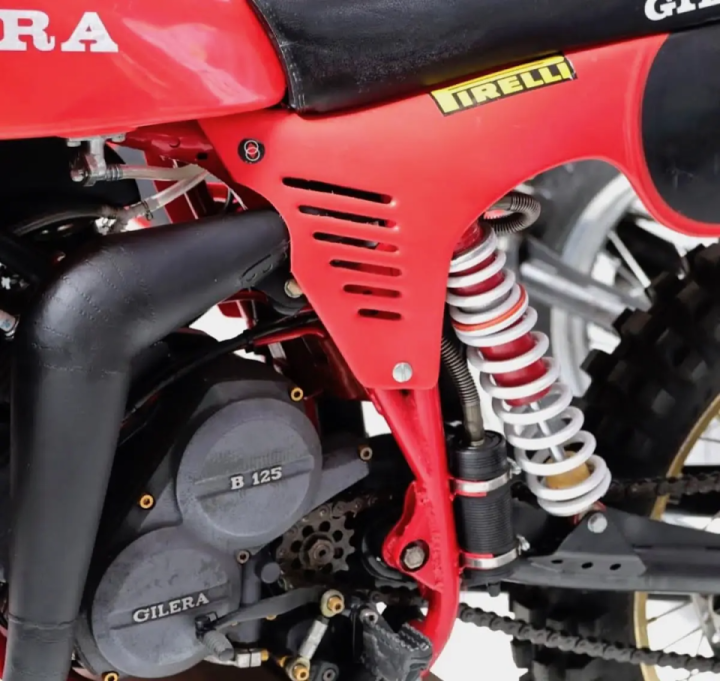
“On the other hand, there was plenty of horsepower and it was very fast on the straights, but it destroyed you. In my opinion, the twin-cylinder was a one-moto bike, because it tired you so much that you couldn’t decently make two motos in a GP. I think it would have put in crisis even the most physically fit rider in the World Championship, let alone someone like me. After Norg, Holland, I asked for less power, but we waited for three GPs, where I raced with the single-cylinder, before returning the two-cylinder to the track. In Yugoslavia the track was fast and hard, but not very hard. It was ideal for using all of the twin’s horsepower available. I made excellent starts and if the chassis hadn’t broken on the last lap of the second moto I would have won over Gaston Rahier. A fourth place a moto in St. Wendel, Germany, was the best finish obtained by the twin cylinder in its very short career.
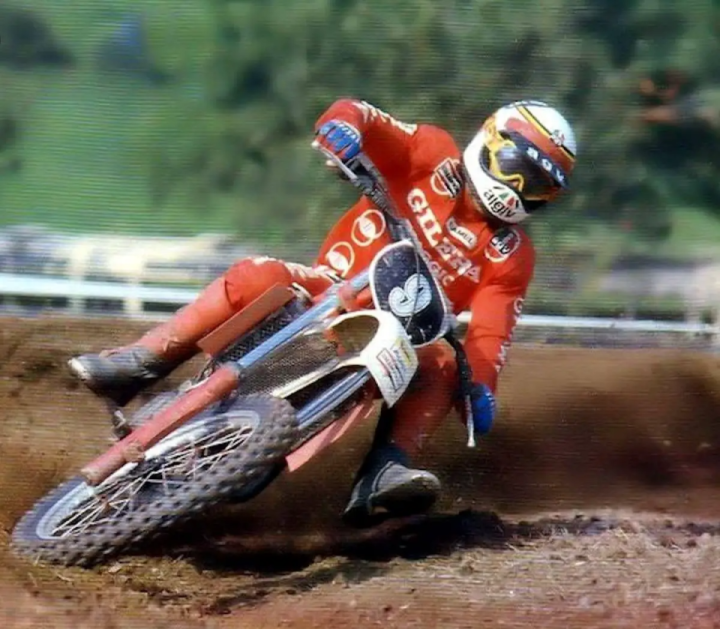
“My last race with the twin cylinder was the Finnish GP. It was a disastrous trip on a ruined track. After barely finishing the first heat, risking a lot every time I slipped into those ruts at full speed, I preferred to give up after three laps in the second moto.
Under our tent at the end of the GP & there was a lot of tension and the Gilera engineer Vianson was very angry at the team. I resented that because the engineers had only tried the twin cylinder in a few tests and never really helped us. I had given my best, so I told him, “Dear engineer, why don’t you race this bike, because I can’t do it.” After that episode I was no longer allowed to race the World Championship for Gilera. I ended the season using the single-cylinder Gilera, which I won the Italian title on, and I signed with Cagiva for 1981.”
Credit: motocrossactionmag
#Motocross #Bike #Offroad #Enduro #Gilera



